Artist in Residence Program
2019 Resident Artist
ARCUS Project’s Artist-in-Residence Program received 642 applications from abroad (88 countries and regions) and 23 applications from Japan. Following a careful screening process, Christopher Beauregard (Italy/US), Watanabe Takuya (Japan) and Ruth Waters (UK) have been selected as the 2019 residents. The artists will participate in a residency at ARCUS Studio in Moriya, Ibaraki, for 100 days from September 4 to December 12, 2019.
As the judges for this year’s applications, we welcomed Takehisa Yuu, a senior curator at Contemporary Art Center, Art Tower Mito and Tasaka Hiroko, a curator at Tokyo Photographic Art Museum who made the selection through a process of discussion with the ARCUS Project Administration Committee.
Overview of the 2019 Selection
For 2019 we have re-introduced a slot for one Japanese artist, as well as two artists from overseas. Regarding applications from overseas, the number received from Europe and Asia was average compared to other years, but the number of applications from African countries increased dramatically. Meanwhile, Japanese artists who applied were at various stages of their careers, from those who have already shown work, including at art museums, to those who have just completed art school and are poised to start creating bodies of work. The artists that reached the final stage of screening were those with consistent thinking and creative approach, as well as positive and specific motivations to complete a residency with the ARCUS Project and an evident eagerness to grapple with new issues they have set for themselves. Among them, we selected artists whose proposals showed original perspectives and thinking that departs from themes listed by numerous applicants, such as hikikomori (shut-ins), Zen, wabisabi, and suburban society.
(Director, Ozawa Keisuke)
Christopher Beauregard
Italy/US
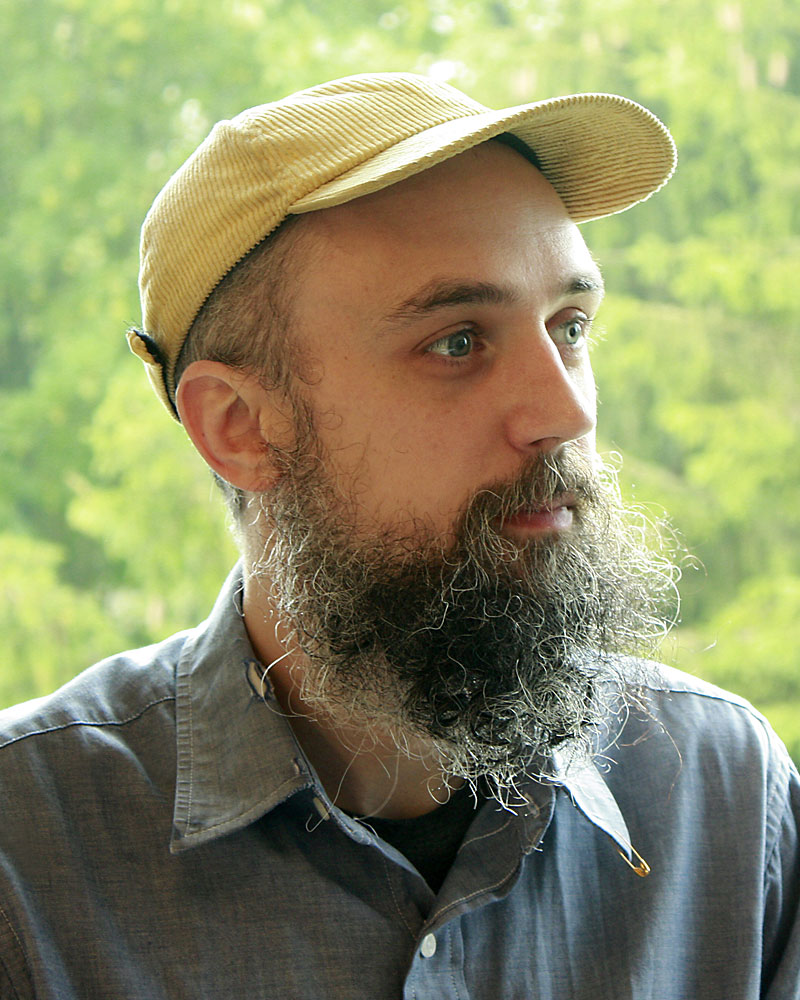
Beauregard was born in Idaho, USA in 1981, and lives and works in Brussels, Belgium. He received an MFA from Carnegie Mellon University. Beauregard is interested in relationships between work and leisure, and primarily produces installations using objects. While observing the structures of cities and human behavior, he applies a light touch to exploration of connections between day-to-day life, of which labor forms the primary fabric, and play that emerges in the interstices of this fabric, combining organic and inorganic materials with various textures.
https://christopherbeauregard.com
Process

Shooting at Kashima Soccer Stadium
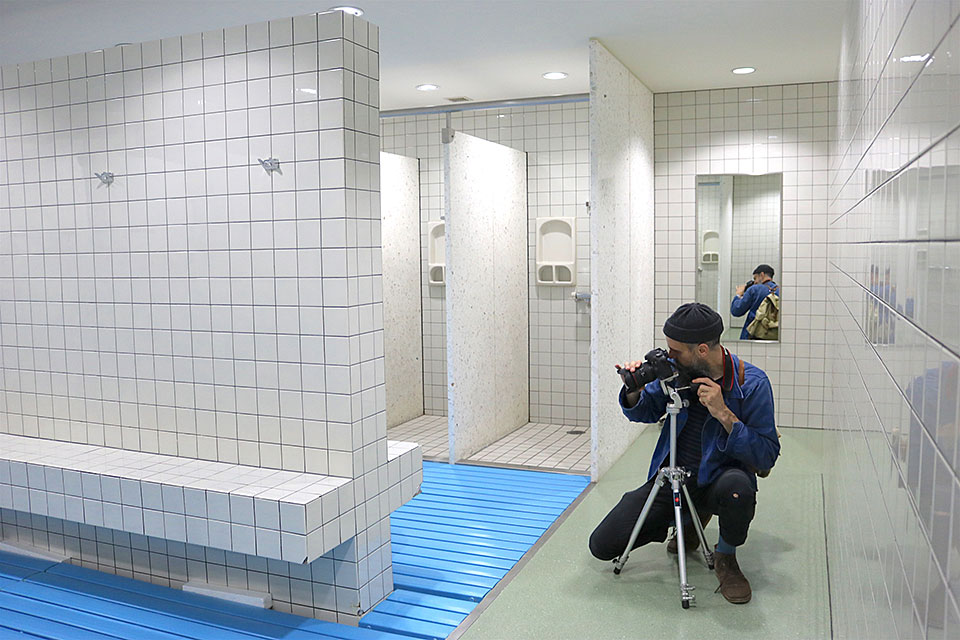
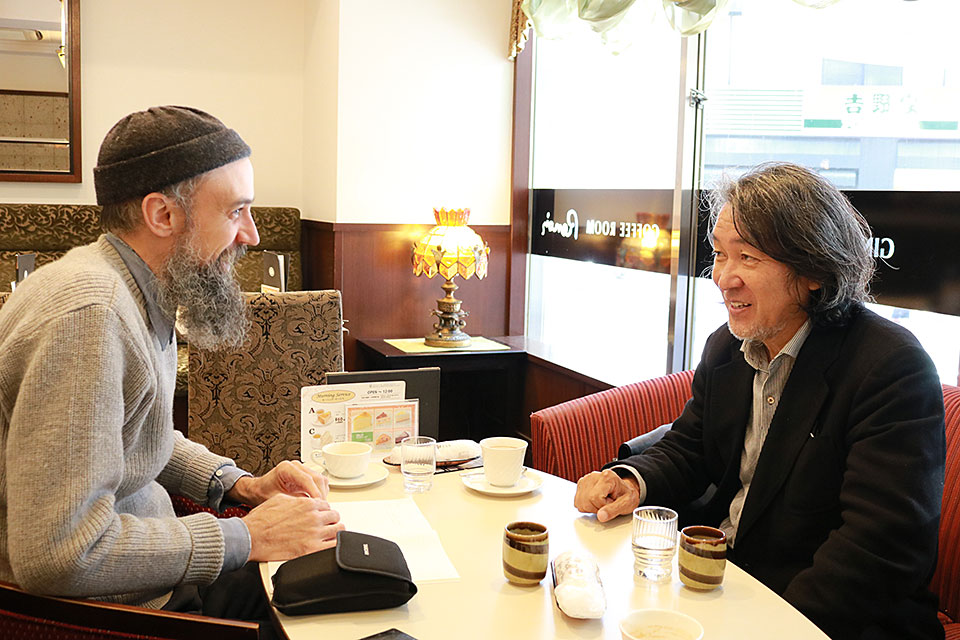
Interview with architectural historian Hidenobu Jinnai

Site visit to Central Breakwater Outer Landfill Site
Open Studio

Half Empty Time


Artist Statement
Half Empty Time
Will Tokyo, as host city to the Summer Olympics, perform the same history twice? This is the question that I started with nearly three months ago. But, like every starting place, it has to be left behind — it’s only then that we can find our way back.
Tokyo will be the site of three events, or rather, it is the site of the non-event of 1940, the games of 1964 and the event which is yet to come, in 2020. Three histories, but also one history. The past can be very confusing.
I chose to localize my research to the Nihonbashi Bridge. Why? Well, it is historically the geographical center of Japan. It is also a point of temporal and spatial rupture; where two bridges improbably occupy the same space — the Nihonbashi bridge traversing the Edo period canal and the 1964 era concrete expressway traversing the Nihonbashi Bridge. It’s here too that the accelerated flow of people and the drowsy ebb of the canal overlap. I allowed the languid pull of the canal to direct my research, and in time, it brought me to the site of the Olympic Village for the 2020 games, an artificial island – a reterritorialized zone for property speculation.
I have thought about what I bring into this temporary studio and what might leave. It is a transitional space; a bridge that connects the time before my arrival with my eventual departure. And it is here that I think I’ve found it, a fixed point, a center, that I can call the present.
Reasons for Selection
Beauregard intends to study Tokyo, which is changing as a result of the upcoming 2020 Olympics and Paralympics, comparing it with Barcelona and London, which went through similar processes in the past, and with Tokyo itself more than 50 years ago. All these cities have buildings that were built for the Olympics and Paralympics and are currently unused, or have been torn down. He will investigate the impact these changes have had on the community and present his findings as an installation. We can expect a methodology that systematically analyzes this event, which the eyes of the world are watching, and produces poetic results.
Comment for Open Studios
In his practice, Christopher Beauregard visits different places in order to explore the themes of leisure and labor through mixed-media combinations of sculptural objects, photography, and video. This is an attempt to search not for something related to individuals but rather the unconscious aspects of their collective form that is society and of the times.
During his residency at ARCUS Project, Beauregard has researched the two Tokyo Summer Olympic Games of 1964 and 2020, metaphorically expressing how the city has changed in the interim. What was striking as he developed the work was his intuitive insight that the vision of the future glimpsed in 1964 is not realized in 2020, whereas the “dream” presented in 2020 seems to be none other than the period of high economic growth that was underway in 1964. The upcoming Tokyo Olympics are, in fact, looking back nostalgically to the past. As a medium linking these two Olympics, he has focused on water, a symbol of cycles. The 1964 Tokyo Olympics used the rivers to upgrade the city’s transportation network. The 2020 Tokyo Olympics, on the other hand, will feature competition venues located around Tokyo Bay. In the studio are several earthenware pots provided by local ceramic artists as well as video footage of Nihonbashi River and other locations. On top of the pots are arranged small safety mirrors, while looking inside the pots reveals water collected from around Moriya City and Kashima Soccer Stadium. The back-to-back pairs of mirrors serve as a metaphor for both looking to the future from the past as well as looking to the past from the future, though also seeming to express the current location where past and future intersect through the medium of water. (Director, Ozawa Keisuke)
Takuya Watanabe
Japan

Photo: TU-TIMA
Watanabe was born in Tokyo in 1990, and lives and works there today. He earned an MFA in Inter-Media Art at Tokyo University of the Arts. While addressing the circumstances of individuals he meets through research and interviews, Watanabe produces video installations that paradoxically reveal the structures and power dynamics of our society. Watanabe originally studied ceramics, but after encountering the repetitive tasks of workers he observed at a ceramic tile factory, he produced Factory worker “K” dealing with the theme of labor, and has presented other works such as The things his brother was seeing, which focuses on suburbs and the family while addressing themes of sibling relationships and domestic violence.
Process
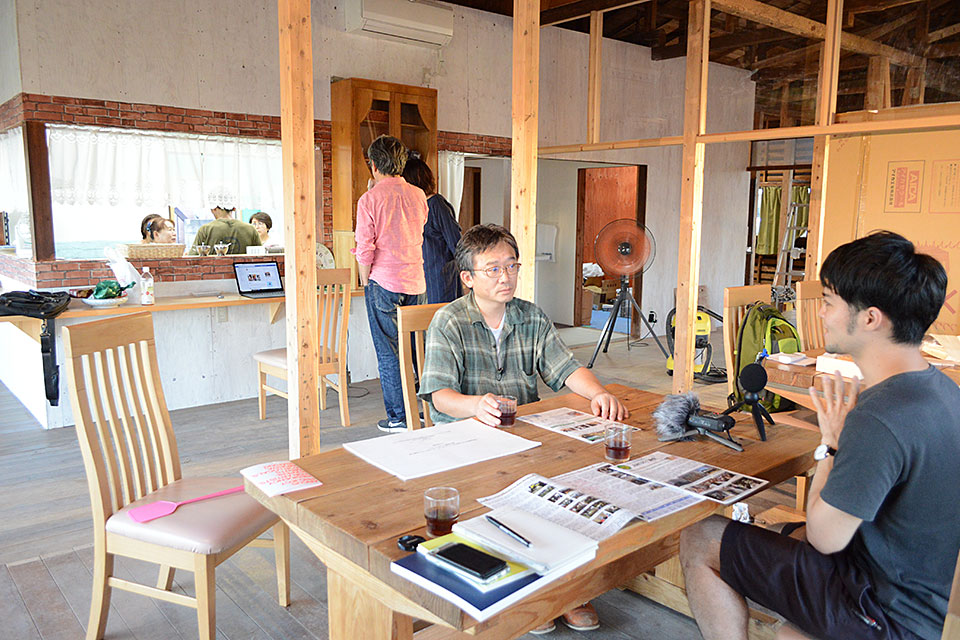
Interview with Yoshihiro Yokota [Ibaraki NPO Center・Commons]
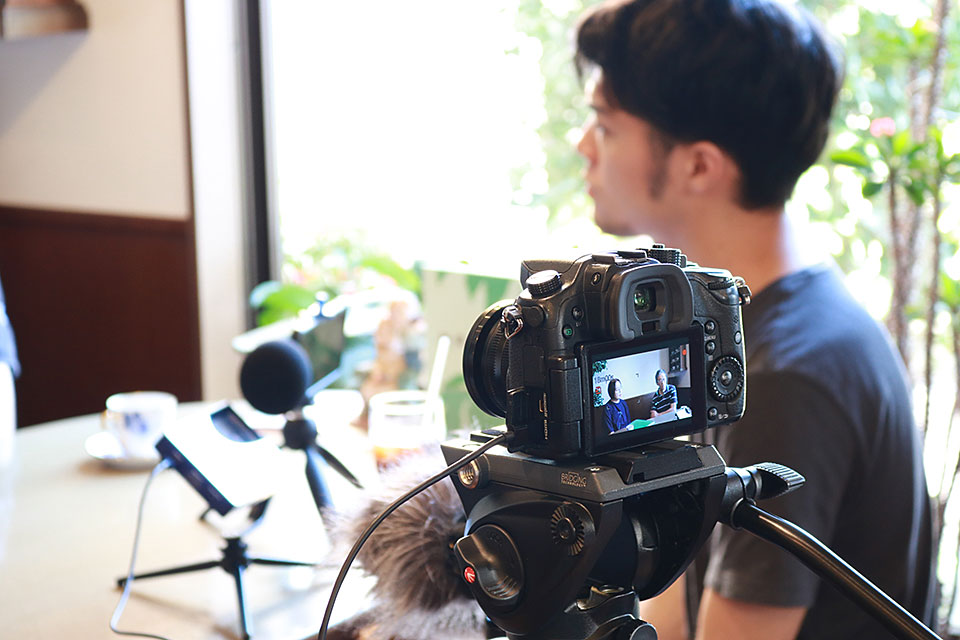
Interview at a cafe in Joso City


Interview with Yuso Kiriki
Open Studio

Good luck on your journey
Single channel video, 24′30′′, 2019
Installation view
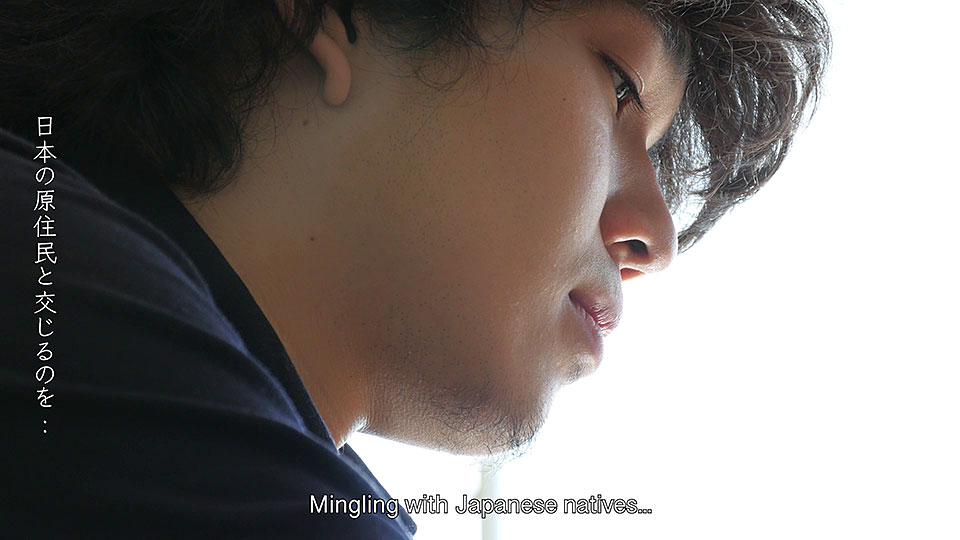
Still from Good luck on your journey
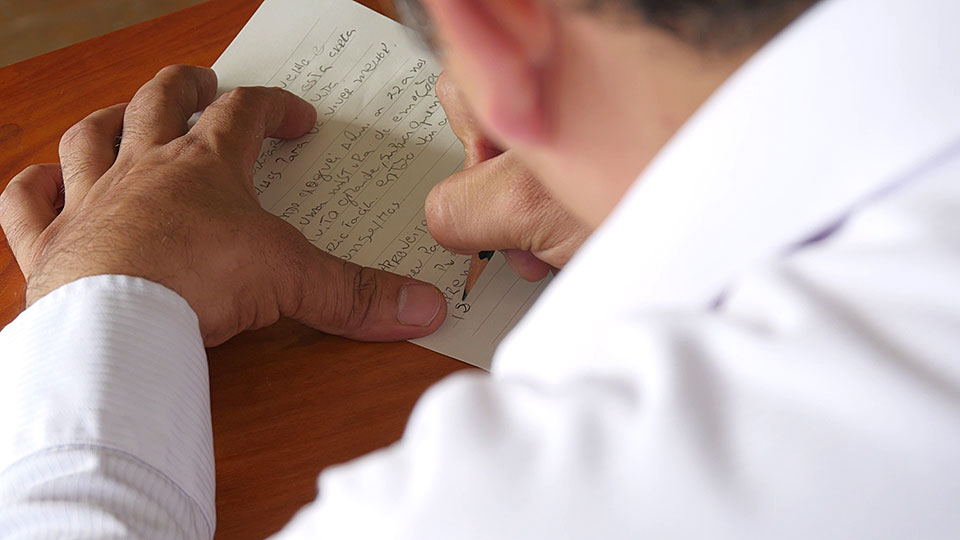
Still from Good luck on your journey
Artist Statement
Good luck on your journey
How far can we really know the world that someone else sees, and is it possible to express this? These are the major questions that my work is dealing with. During my residency at ARCUS Project, that “someone else” became Brazilians of Japanese descent living in the city of Joso. The members of this community have a complex identity that straddles the cultural, political, and linguistic differences between Japan and Brazil.
My video work, Good luck on your journey, came out of a meeting with a Japanese Brazilian man, who has lived the first half of his life in Brazil and the second half so far in Japan, and his son, who was born and brought up in Japan. I created the resulting work in collaboration with them. The man frequently behaves in a stereotypically Japanese way. Though he can speak Japanese well enough for everyday conversation or customary greetings, he says that he is unable to express his emotions or more complicated things. I first proposed to the man that he write a letter to himself as he was before he left Brazil for Japan. This letter written in Portuguese is received by his son, who is now about the same age as the man was when he left. The son then translates the letter into Japanese. Finally, the man reads out the translated letter in Japanese with help from his son. This is the process that is captured in the video work. The letter describes how the man views Japanese society as well as expresses his encouragement to young people with future hopes of coming to Japan to work.
Reasons for Selection
For the ARCUS Project, Watanabe will focus on divisions between the Japanese-Brazilian community and mainstream Japanese society in the city of Joso, located next to Moriya, conducting a survey and then producing an artwork. The Kanto-Tohoku Heavy Rainfall of summer 2015 broke the Kinu River embankment in Joso, causing people to cooperate in an emergency while at the same time highlighting disparities in communication of disaster information to the community. He will interview concerned parties about the psychology and emotions of that time and conduct on-site surveys. We can anticipate a compelling reinterpretation of contemporary Japanese society with regard to natural disasters, immigration and labor.
Comment for Open Studios
In his practice, Takuya Watanabe turns the circumstances faced by particular individuals into video installations that portray larger social structures or the nature of power. His previous work includes Factory worker “K,” which he made based on interviews with someone who worked at a large factory, and The things his brother was seeing, which retells the story of the destruction of a family living in the suburbs of a major city.
During his residency at ARCUS Project, Watanabe conceived a work from immersing himself in the community of Japanese Brazilians in Joso, a city that neighbors Moriya, and researching their relationship with local Japanese society. Over the course of this he met Yuso. Leaving his home country of Brazil at the age of 22 to come to Japan, Yuso has now lived here for nearly 21 years. While talking with him, Watanabe realized that Yuso would discuss his life in Japan in Japanese but then switch to Portuguese to express emotional nuances. This seemed to embody his identity, caught as it is between two different linguistic cultures.
At Open Studios, Watanabe exhibits a video installation based on a message Yuso wrote in Portuguese to himself as he was around 21 years ago when he left Brazil. Yuso appears in the installation alongside his son, Gabriel. The fully bilingual Gabriel translates his father’s letter, which Yuso then reads out in Japanese. As he does this, the partially hidden cultural and political layer of society in Joso occupied by Japanese Brazilians is revealed. (Director, Ozawa Keisuke)
Ruth Waters
UK

Photo: Soohyun Choi
Waters was born in Lancaster, UK in 1986, and lives and works in London. She studied fine art at Goldsmiths, University of London. Waters is concerned with anxiety arising from incessant communication among people of today in our current, highly networked era. Based on research into materials on the Internet and interviews with affected people, she writes scripts, creates sets, shoots footage, and presents work in the form of video installations.
Process

Interview with psychologist Yu Urata

Interview with astronaut Naoko Yamazaki

Visit to Japan Aerospace Exploration Agency (JAXA)

Open Studio

Untitled
Single channel video, 8′, 2019
Installation view
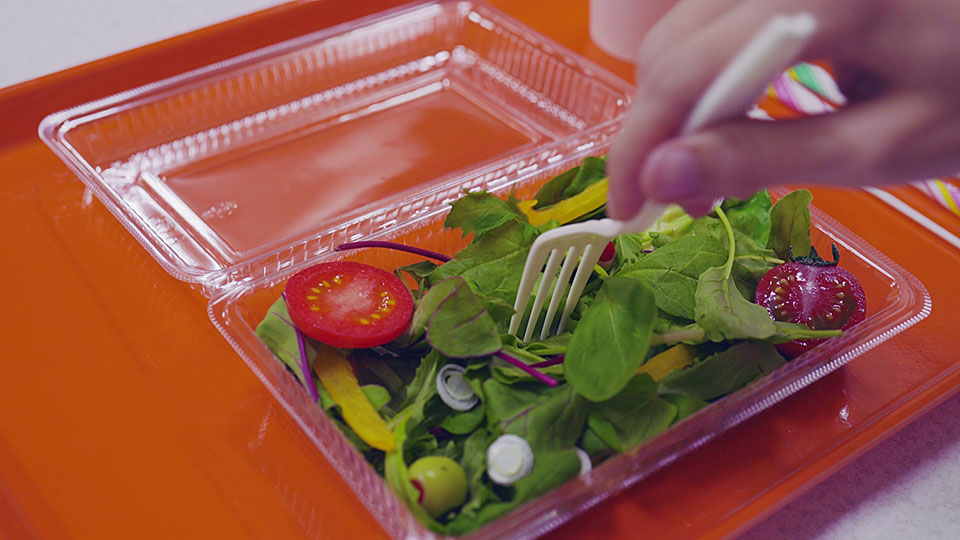
Still from Untitled
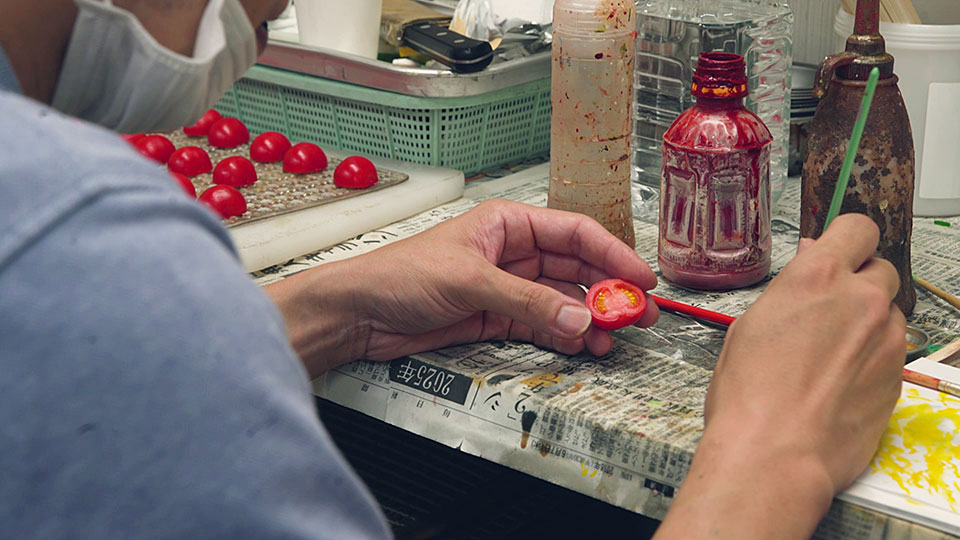
Still from Untitled
Artist Statement
Swallow Up
A lot has been said about astronauts viewing the earth from space. It is posited as a mind-altering experience, where the fabrication of national boundaries and the fragility of the globe become clear. However, in the not too distant future this view will be as familiar as the view from a plane.
What then, about the view from the opposite window, of deep space. How might this view alter ones perspective? Whilst in Japan I have been researching how infinity and outer space may affect the human psyche. I interviewed Tomio Kinoshita*, about the affect of infinite darkness and micro gravity, Naoko Yamazaki** about how she felt when she looked out of the window of the ISS and Yu Urata*** about how we might try and comprehend big existential questions back on earth. I am interested in whether trying to comprehend outer space can help us become aware of the constructed nature of our everyday existence, and in doing so, help us to imagine alternatives.
* Tomio Kinoshita is Professor Emeritus at Kyoto University; in 2005 he conducted a study in cooperation with JAXA on the human and social aspects of space development.
** Naoko Yamazaki is a former JAXA astronaut who went to space on the shuttle Discovery as part of mission STS-131.
*** Yu Urata is a researcher at Osaka University concentrating on ‘meaning in life’.
Reasons for Selection
Waters plans to investigate the human ego and the colonization of outer space. In advanced capitalist society, we face the question of what controls our intentions and actions in these efforts to open up one of the last frontiers remaining to humanity. She will survey stakeholders and experts on human perceptions of space and the nature of the relationship between space and capitalism, and present her findings in video form. Examination of relationships between the Earth (a capitalist society) and outer space, from here in Moriya, is a project worthy of attention.
Comment for Open Studios
With a focus on video installations, Ruth Waters explores the anxieties ushered in by capitalist society whose exclusive aim is economic growth. Incorporating spaces, approaches, and terminology from mindfulness therapy, she deftly portrays the inner psyche of people in society.
During her residency at ARCUS Studio, Waters has investigated changes that take place in the human mind and consciousness when in outer space. The so-called overview effect frequently experienced by astronauts is a cognitive shift in awareness caused by seeing the entire planet within the void of space. Upon viewing the Earth against the immense scale of outer space, people are said to feel the utter meaninglessness of personal troubles and disputes. Waters’ interview with a space psychologist revealed that in the expanse of outer space, completely devoid of light and with the Earth no longer visible, it is actually difficult for a human being to grasp the significance of his or her existence. Waters came to believe, however, that if humans could gain a more profane understanding of space, they might stop accepting the way of life that capitalism creates as absolute and unquestionable.
In the dark studio is projected footage from interviews with an astronaut and space psychologist about outer space. In space, are human beings released from their anxieties? Or are we rather engulfed by yet more uncertainty? These questions about capitalism and anxiety continue to unfold. (Director, Ozawa Keisuke)